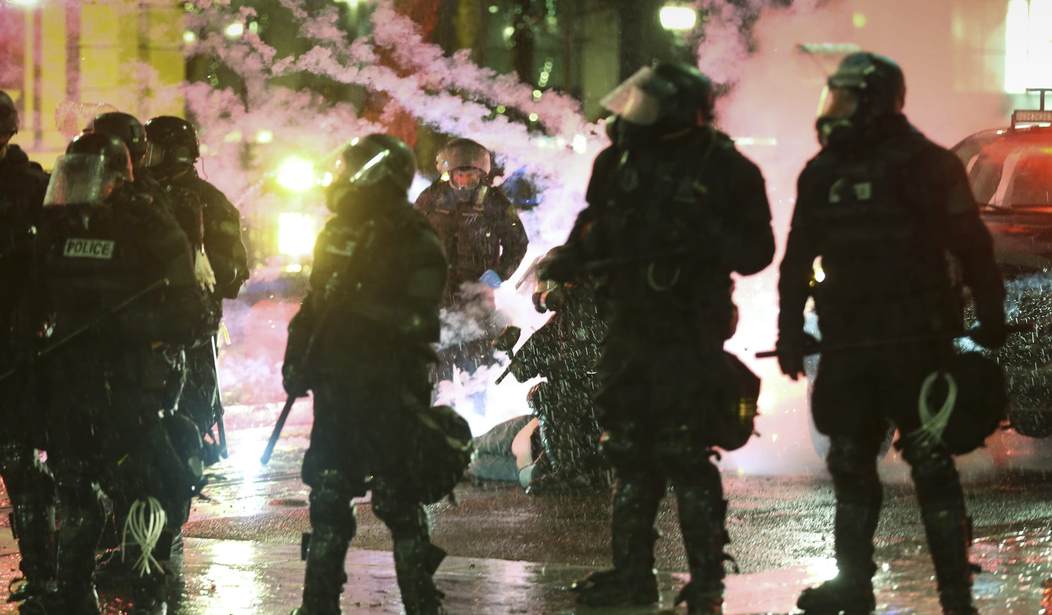A new al-Qaeda guide from one of the group’s most wanted leaders pitches the value of kidnappings to jihadists, including seizing scientists working in “sensitive” areas and politicians, and details how terrorists should map out these operations.
The 39-page guide, released by al-Qaeda’s As-Sahab media, is authored by Saif al-Adel, a senior al-Qaeda member on the FBI’s Most Wanted list in connection with the 1998 bombings of the U.S. embassies in Kenya and Tanzania. There’s a $5 million reward for information leading to the capture of the Egyptian through the State Department’s Rewards for Justice program.
Al-Adel, in his mid-50s, drew from a lecture on kidnapping he originally delivered in 2000. He’s been al-Qaeda’s planner in Iran, and is rumored to have recently spent time in Syria.
He dedicates the guide to, among others, “Blind Sheikh” Omar Abdel-Rahman, who is serving a life sentence on federal conspiracy charges in North Carolina, “and his associates in America.”
Kidnapping is described as more than a ransom-generating operation, but “one of the methods …to break the will of the enemy and force him to submit to the wishes of the attackers under pressure,” as well as “one of the most serious intelligence operations and the most controversial and most difficult” in terms of the length of the many stages of the operation including negotiations.
Funding jihad is listed as the last goal for kidnappers, but the list includes angling for prisoner swaps and stoking debate in the media “to gain international sympathy.”
Jihadists are encouraged to intricately plan kidnapping operations down to a “full rehearsal” before the deed at a similar site. Al-Adel tells them to plans ops with surprise attacks, speed and stealthy withdrawal as well as concealment of the kidnapping victim.
He ranks kidnapping targets into three tiers: “money men, and senior politicians and senior military” are considered the top targets, with the second-most desirable targets being “leading scientists in sensitive sciences” as well as celebrities, media and government officials. The lowest priority is tourists and “the citizenry at large,” though al-Qaeda has been seizing tourists, particularly in North Africa, for years.
The planning tips are similar to those detailed in the assassination issue of al-Qaeda in the Arabian Peninsula’s Inspire magazine last May: finding a target, becoming familiar with their residence and routines, and formulating escape routes in advance. Al-Adel encourages gathering as much information about targets as possible from open sources such as the internet as well as human intelligence, wiretaps, surveillance and “imaging.” Jihadists are told to get to know the target’s “habits” and “weaknesses,” as well as relatives and any protective detail or home security system.
For targeting tour groups, terrorists are told to observe and learn how different tour companies handle security — “Does the guard at the bus remain after the descent of tourists? Is there a time unguarded for tourists?” — along with what language the tourists on board speak and what routes they take.
Ideal locations for kidnappings are described as accessible sites that pose the “lowest possible risk” to terrorists and allow for “speed and flexibility.” Terrorists are told to budget time wisely to include the operation itself, transferring hostages and conducting negotiations, and to ask themselves questions including, “Is there a dangerous, unpredictable effect on a cell? What is the practical impact on the community?”
Distraction techniques — “a huge fire in a warehouse timber port, car explosion on a bridge, large and violent demonstrations, etc.” — are emphasized to lure security away from potential targets as well as having three plans for one kidnapping: the master plan, the Plan B, and the contingency plan. “Develop a security plan for each individual if arrested,” Al-Adel says of terrorists involved in the op.
He even includes recommendations for people kidnapped by al-Qaeda, including “remain calm and in control” of oneself “and therefore the kidnappers will be the same,” and “you must be polite with the terrorists” while speaking naturally and building “a good human relationship with the terrorists.”
“Do not refuse any service” offered by the terrorists, such as food or drink, he adds, “exercise whenever possible and keep a clean body… try to take advantage of your time so that your mind remains intact.” And, he adds, “avoid the discussion of religion and politics.”
Al-Adel gives an example of how a plan would be put into place and executed with a target of “a money man of the Jews kidnapped while attending a celebration.” The December 1999 hijacking of Indian Airlines Flight 814 is also discussed.
The guide concludes with instruction for jihadists to operate in “the spirit of brotherhood and love of self-sacrifice” with “deep and intelligent thinking,” with “a good understanding of the nature of human beings” being critical to a successful terror kidnapping.









Join the conversation as a VIP Member